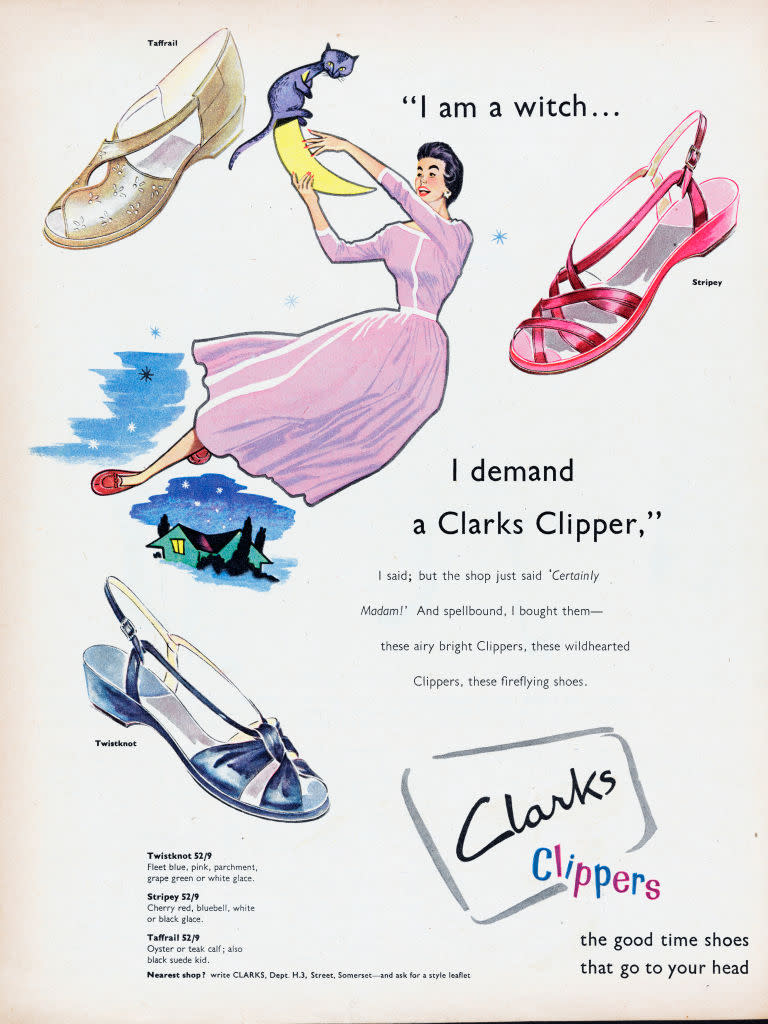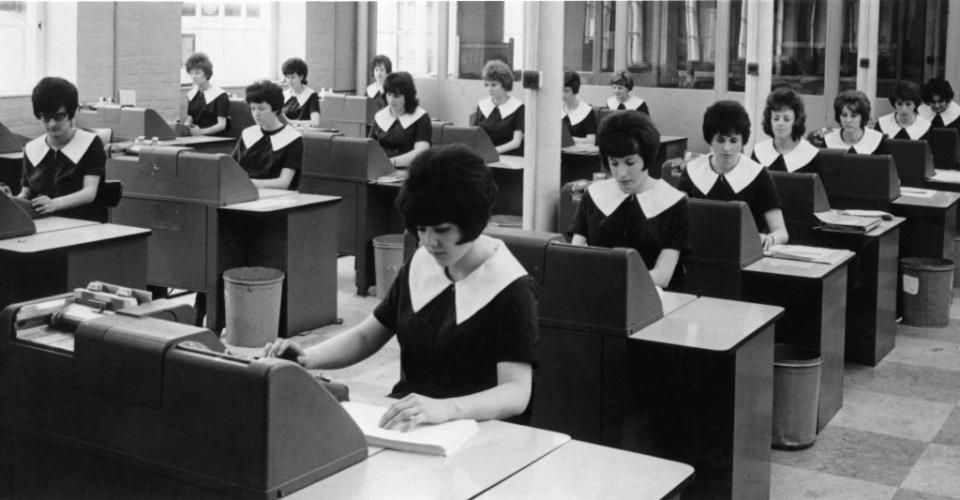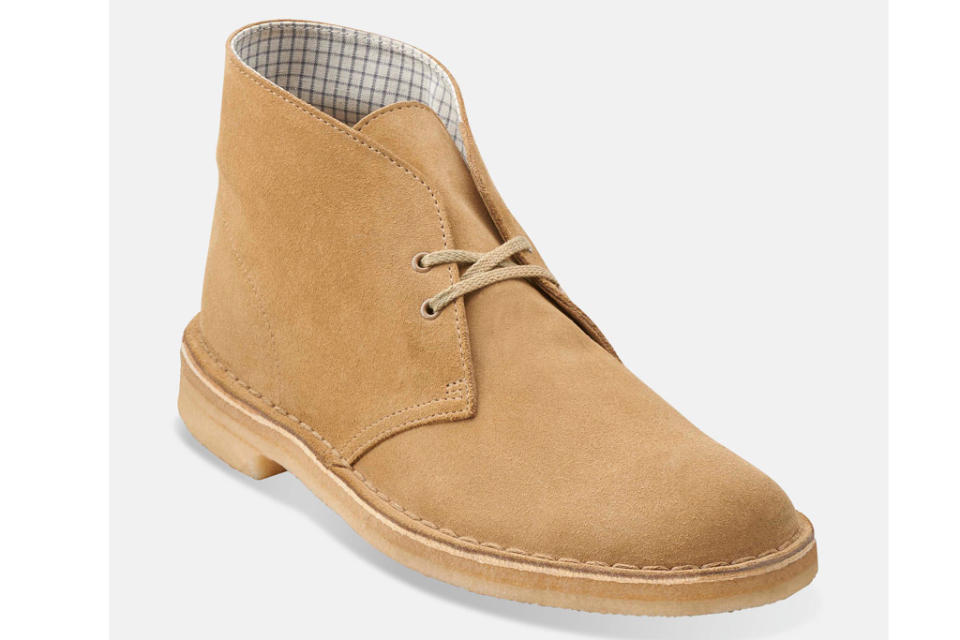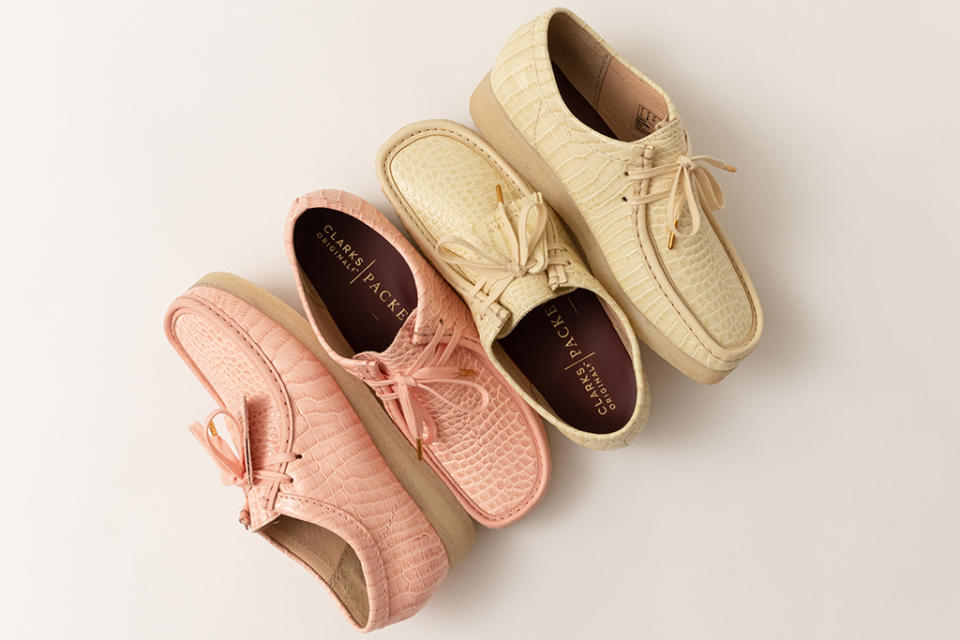The History of Clarks: Desert Boots, Wallabees and More

One of the U.K.’s oldest footwear companies, Clarks has outfitted the feet of everyone from British schoolchildren and soldiers to hipsters and hip-hop artists around the world. What began as a small slipper-making business eventually flourished into a global footwear operation.
In addition to being a go-to for high-quality yet affordable children’s shoes, Clarks remains a fixture on the fashion scene thanks to two of its most iconic styles, the Desert boot and the Wallabee, both of which have seen countless iterations and fresh takes over the decades.
More from Footwear News
The History of Red Wing Shoes: High-Quality Boots, Military Footwear and More
The History of Converse: Chuck Taylor All Stars, NBA Deal and More
Here’s a closer look at Clarks’ nearly 200-year-old history.
Inspiration strikes
The Clarks’ story began in 1825 when James Clark came to work at his brother Cyrus’ sheepskin rug business in the small village of Street in Somerset, England. After observing the waste of offcuts piling up, he had the idea to turn the scraps into simple, hand-sewn slippers, which came to be known as Brown Petersburg slipper.
The slippers quickly found their way into homes across the country and by 1842, the Clarks were selling around 1,000 pairs a month. To keep up with the demand, the brothers utilized a network of outworkers who would collect sheepskin scraps from their tannery and take them home to cut and sew the slippers in exchange for a wage.
Eventually, the company — which traded as C & J Clark at the time — expanded outside England to markets including Ireland, Canada and Australia.
Turning point
The onset of several lean years, driven by an economic downturn, brought the company to the brink of bankruptcy around 1863. James and Cyrus, lifelong Quakers, turned to their Quaker community for help. They secured a loan on the condition that James’ son William take over the running of the business.
Keen to mechanize the production process, William acquired a Singer sewing machine, a novel technology at the time. Under his savvy leadership, the company quickly succeeded in paying off its loan and moved into a rapid phase of growth.
A new line of shoes and boots under the Hygienic moniker was introduced, featuring the first-ever shoe designed to fit the shape of the foot, a key innovation in Clarks’ history.
Willam not only invested in the company but the surrounding community as well, building homes, schools and recreational facilities for workers and their families.
Era of progress
As the 20th century kicked off, technological innovations came swiftly — from mass production to the invention of zippers and more affordable alternatives to certain fabrics, sparking a growing interest in fashion that more people could partake in.
Women emerged as a major new customer base, in search of more feminine designs.

William’s children, Alice, Roger and John Bright, joined the company, and the two brothers began closely studying American manufacturing processes for insights to apply to the family business.
More changes afoot
As its product offering grew, the company rolled out its very first advertising campaign in 1936 to spread the word. Clarks also opened a chain of shops under the name Peter Lord, and expanded its children’s range with multiple width options amid growing awareness that ill-fitting shoes were unhealthy for kids’ feet. The company developed a novel children’s foot-measuring instrument to be used in stores.
During both World Wars, Clarks stepped up to help the war effort by deploying its factories to manufacture much-needed equipment and supplies. Amid a scarcity of shoe-making raw materials like leather, the company had to get creative to meet the demand for footwear.

The fourth generation of Clarks picked up the mantle in the 1940s, with Bancroft Clark appointed chairman and managing director. As the business flourished, 15 new factories were opened in surrounding towns and cities. The company also commenced foreign manufacturing and rolled out even more retail stores, including Clarks’ first flagship on London’s Regent Street in 1957.
On a mission
In what would be a fateful event in Clarks’ long history, Bancroft’s brother Nathan was posted to Burma in 1941 as part of the Royal Army. Bancroft tasked Nathan with gathering information and inspiration for new footwear designs during his travels in Southeast Asia.
Nathan encountered some 8th Army officers from the North African campaign wearing ankle-high suede boots that were made to order in the bazaars of Cairo, Egypt. The boots, designed for a desert terrain, were a more comfortable alternative to the heavy and hot government-issue army boots. Excited about the boot’s potential as a casual, comfortable footwear option for everyday customers, Nathan sent sketches to his brother.
The Desert boot
When he returned home, he created a pattern and the first Desert Boot was made using a crepe rubber sole. Though Clarks’ Stock Committee initially dismissed the idea, believing the boot would never sell, Nathan was undeterred.

He began selling the boots in Australia and later showed the design to an American fashion editor, Esquire’s Oskar Schoefler, at the 1949 Chicago Shoe Fair. Schoefler ended up featuring the boot in Esquire’s cousin publication Apparel Arts in 1950. The piece caught the attention of salesman Bronson Davis, who signed on to represent the Clarks brand in the U.S. market.
Before long, the Desert Boot had become a global success, worn by customers of all walks of life.
Another Classic
Following in Nathan’s footsteps, Lance Clark, part of the sixth generation of the Clark family, turned out a hit of his own. The Wallabee — a casual, moccasin-style shoe with a thick crepe sole — made its debut in 1967.

It soon gained popularity around the world, including in Jamaica where Wallabees were a staple on the music scene in the ’60s and ’70s. In the ’90s, Wu-Tang Clan wore the shoes in their music videos and even rapped about them, sending sales skyrocketing. Wallabees remain a favorite of hip-hop artists today, as well as Hollywood stars and fashion influencers.
Over the years, a number of artists, musicians and designers have put their creative spin on the iconic shoe with buzzy, limited-edition collaborations.
Under the Clarks Originals banner, both the Wallabee and the Desert Boot continue to receive fresh updates as the brand experiments with new silhouettes, materials, colors and details.
Who Owns Clarks?
Viva China Holdings owns Clarks. In November 2020, Clarks sold a majority stake to the Hong Kong-based private equity firm LionRock Capital. In January 2021, Viva China — controlled by Chinese business mogul Li Ning — agreed to purchase a 51-percent stake in LionRock, bringing Clarks into its fold under the roughly $69.7 million deal.
Best of Footwear News
Reebok Collaborations Over the Years: Kendrick Lamar, Victoria Beckham and More
Skechers Collaborations Through the Years: Doja Cat, Martha Stewart and More
How to Clean White Sneakers & Keep Them Looking Fresh: Leather, Canvas, Suede and More Styles
Sign up for FN's Newsletter. For the latest news, follow us on Facebook, Twitter, and Instagram.
